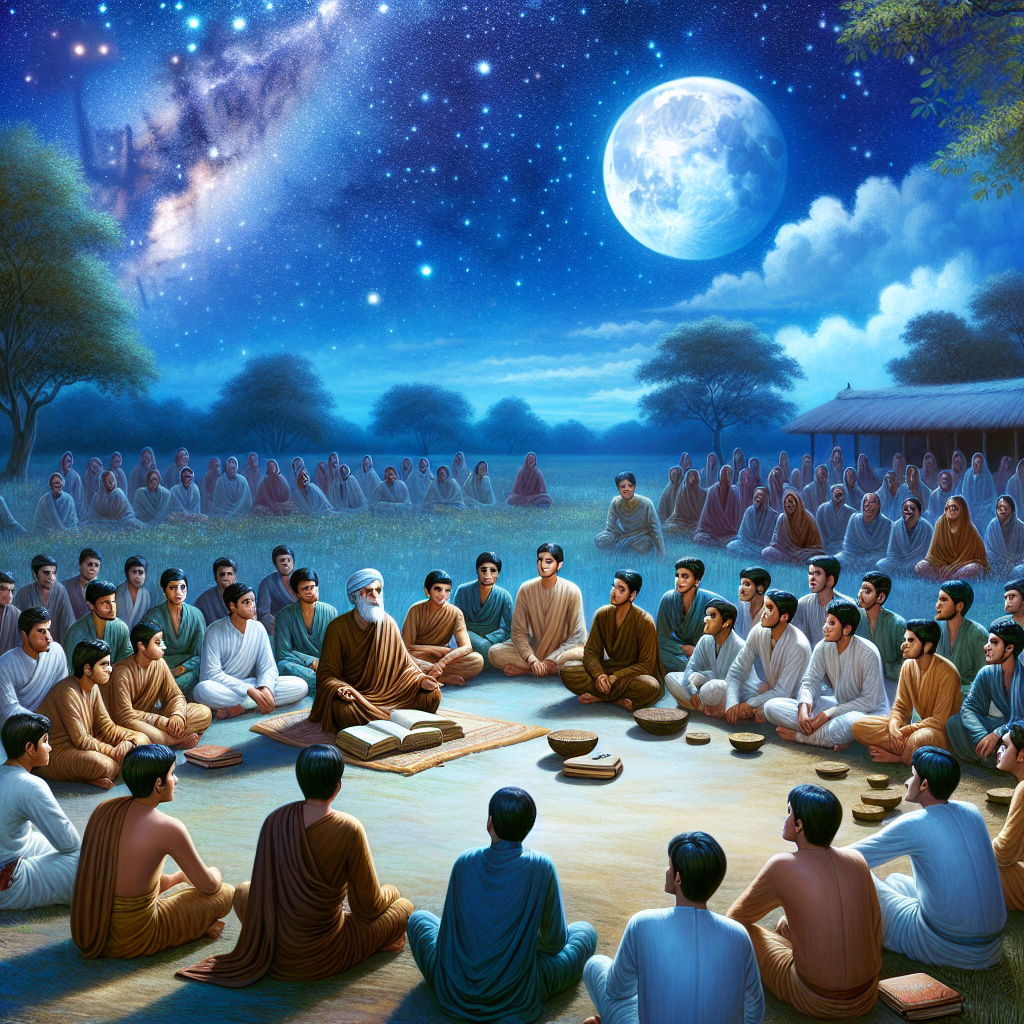In this era of rapid globalization, the pressing issue at hand is not technology advancements or economic growth but something far more profound – the fading touch of our unique cultural heritages in educational curriculums. The sustainability movement in preserving cultural heritage has reached a crossroads moment.
I firmly believe that it is incumbent upon us as educators, parents, and responsible citizens to recognize and enhance the role of our schools and universities as stewards of culture. Only then can we sustainably protect these treasured traditions from oblivion.
This conviction isn’t conjured from thin air; substantial evidence affirms that immersion in one’s own cultural roots promotes self-identity formation, enhances cognitive development, fosters empathy towards diverse cultures, and decisively shapes societal harmony.

Naturally there are skeptics who argue that prioritizing such an integration distracts learners from mastering core academic skills vital for their competitive futures. However, consider this rebuttal – eradicating or marginalizing culture-based learning dilutes individuality and mutates societies into faceless entities devoid of vibrant ethnicities.
Countries like Italy have embedded historical artifact restoration lessons within their curriculum while Indonesia teaches traditional dance forms in physical education classes – fantastic illustrations of real-world applications!
The ancient Indian Gurukul system mandated holistic personality development where knowledge assimilation included understanding astronomy on open fields under starlit skies or diving deep into philosophical treatises along with acquiring vocational skills like bowcrafting or agriculture.

In my own academic journey, learning about the diverse African tribes and their rich folklore in middle school helped me appreciate cultural differences more profoundly. The experience was transformative, sparking an intense interest that persistently fueled both my personal knowledge-seeking endeavors and professional journalistic pursuits.
Now, I call upon educators to mold our teaching methodology into a tool that not only imparts information but also safeguards our invaluable cultural heritage. The inclusion of culture-led pedagogical practices should be lobbied with education departments across the nation.

If we seize this crossroads moment promptly, envision future generations blossoming within curriculums steeped in diversified traditions; imagine them evolving as well-rounded individuals deeply connected with their roots yet embracing global diversity. There lies the power of transformative change through education!
Undoubtedly there are pragmatic challenges in realizing this vision – curriculum overhauls take time, resources may be scarce, consensus hard to achieve – but isn’t preserving something as fundamental as our identities worth fighting for? This is where I rest my case.
